Written by Lorrie Reynolds
Categories
I walked off of the agility course, rewarded and loved on my dog, exited the building, and dissolved into tears.
The negative thoughts were running through my mind. “He needs a new handler.” “I’ll never be able to keep up.” “He could go so far if he wasn’t limited by me.” “I suck at this.”
We’ve all been there. That moment when it all comes crashing down and the self-doubt comes flooding in.
How Rock Bottom in Dog Agility Created a New Path
Maxx was a phenomenal, athletic, intelligent, incredibly fast, and driven dog. If he had been someone’s third or fourth agility dog, he could have competed on the international stage. He was my first.
We’d had a beautiful run, until he got too far ahead of me and had to decide which obstacle to take without my direction. He chose “wrong” based on the judge’s design, throwing the rest of our run into chaos. It happened often enough that I later coined the phrase “The faster they go, the faster they go off course.”
Back then, almost nobody taught distance. The people who could do it couldn’t tell you WHY it worked, only what they did. Instructors were still very much focused on getting from obstacle to obstacle on the course rather than shaping a path through the obstacles.
I had just started teaching weekly agility foundations and decided in that horrible post-run moment that I was going to figure out how I could be a better teammate for my dog, regardless of the physical limitations that were slowing me down.
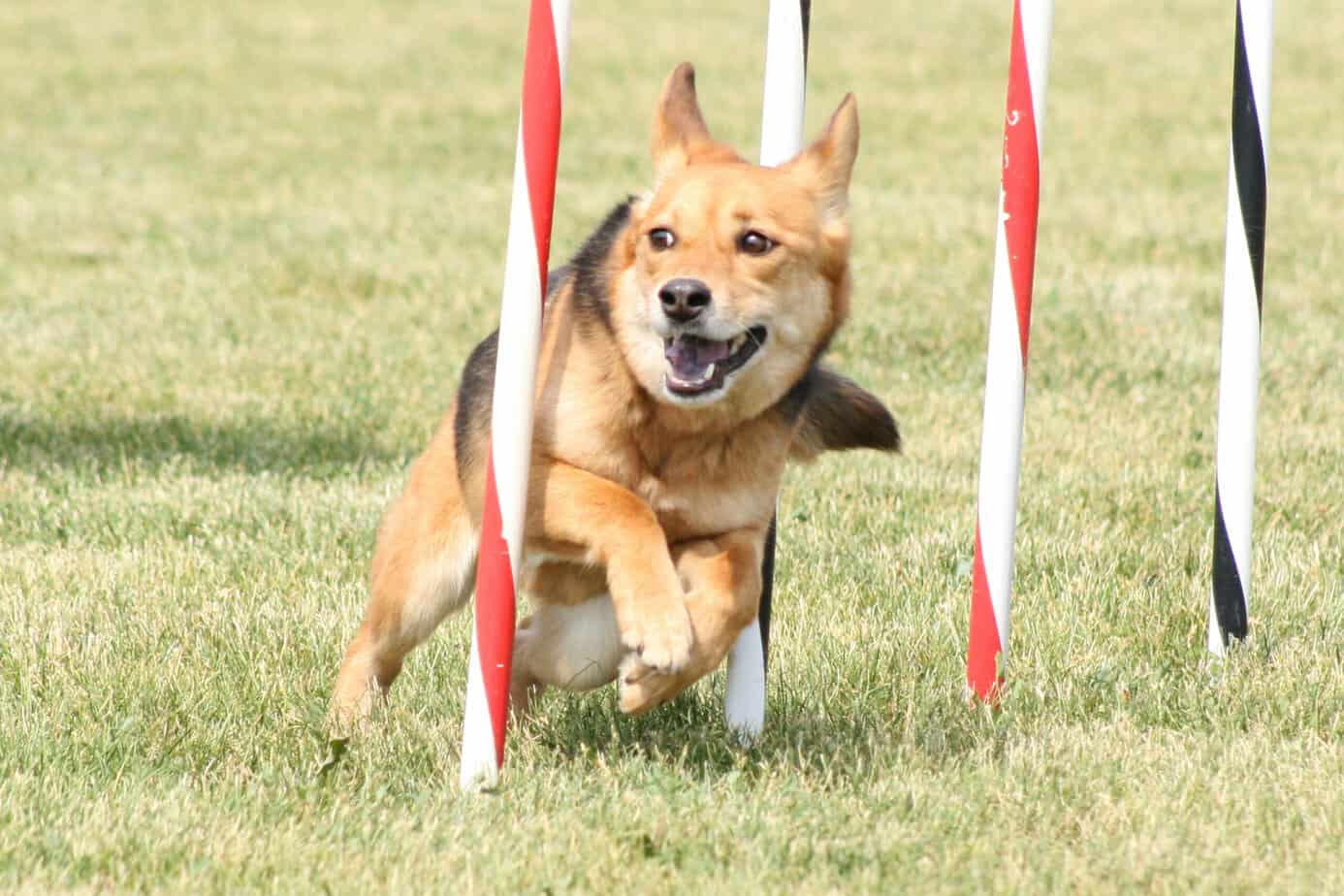
Over the next few months I researched. I read everything I could get my hands on. I studied other sports like herding and learned about dog behavior. I experimented (poor Maxx), figured out what worked, and connected the why. I failed – a lot – but I also grew. I grew my knowledge, my skills, and built a system around what I learned.
And what I learned was surprising! Success was more about building the dog’s confidence than drilling skills. It depended more on incorporating “natural” cues into my handling system than teaching learned responses. The more consistent I was, the better he understood what I wanted. Distance wasn’t actually just about teaching the dog how to take a jump 30’ away, it was entirely about communication.
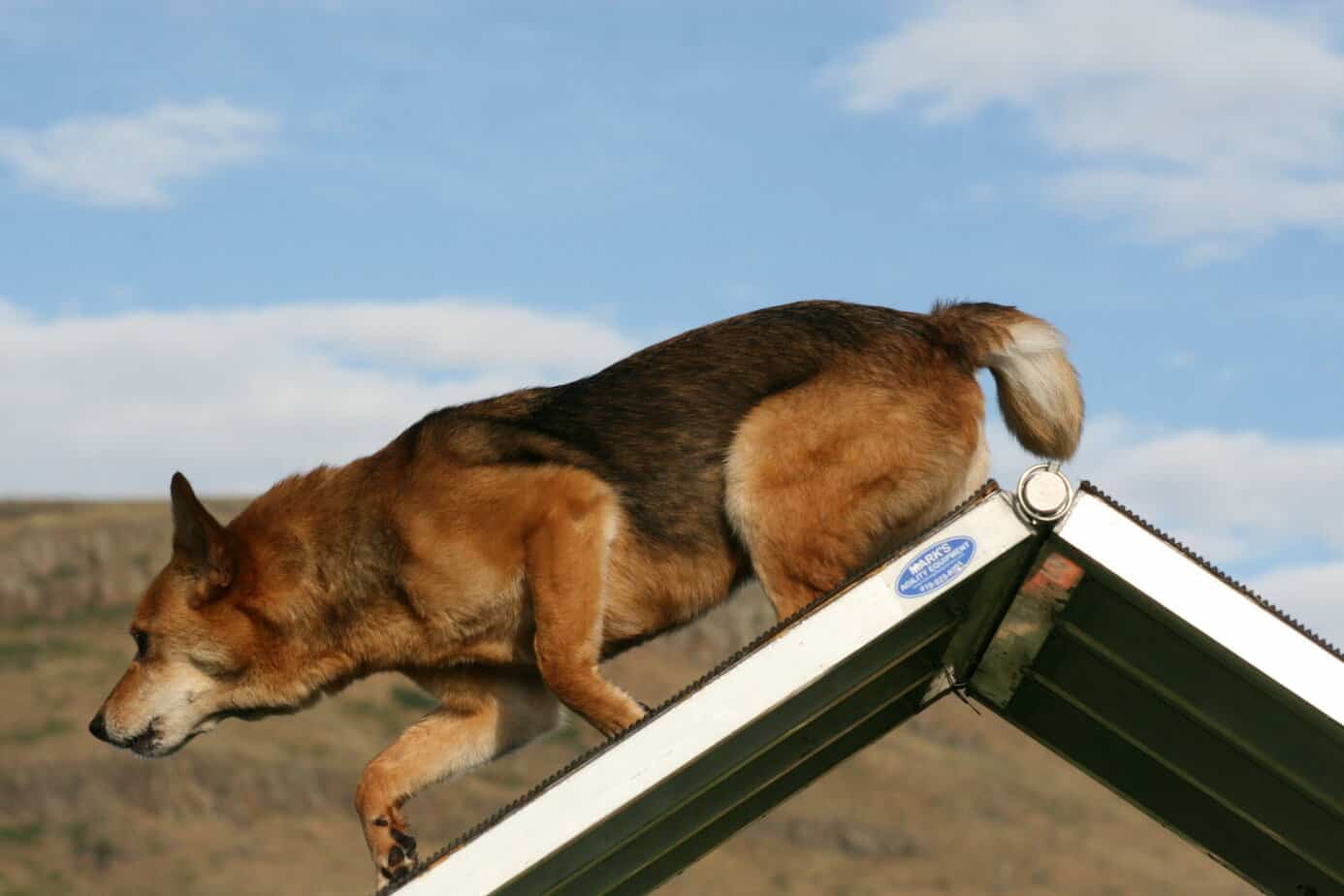
Once it started working, I wanted to share. In 2005, I rolled out the first version of Agility FUNdamentals for Distance, called it “Gambling is Addictive,” and taught it as a 1-day seminar.
People watched Maxx running on course and wanted to learn. I got tons of referrals and taught it eight weekends per year for a many years, adding other related courses along the way.
One of my most memorable agility moments occurred when it finally all came together on a bonus run with Maxx. At that time, a line was drawn across the whole ring near the front of the course. You had to stay behind the line for the entire run and the dog had to be in flow, with no redirects or deviations from the “ideal” path.
I walked onto the weavers course with Maxx. The weave poles on the other side of the ring seemed a mile away (they were actually about 60 -70’). It was just before my first knee surgery, and I was struggling to move around, let alone run.
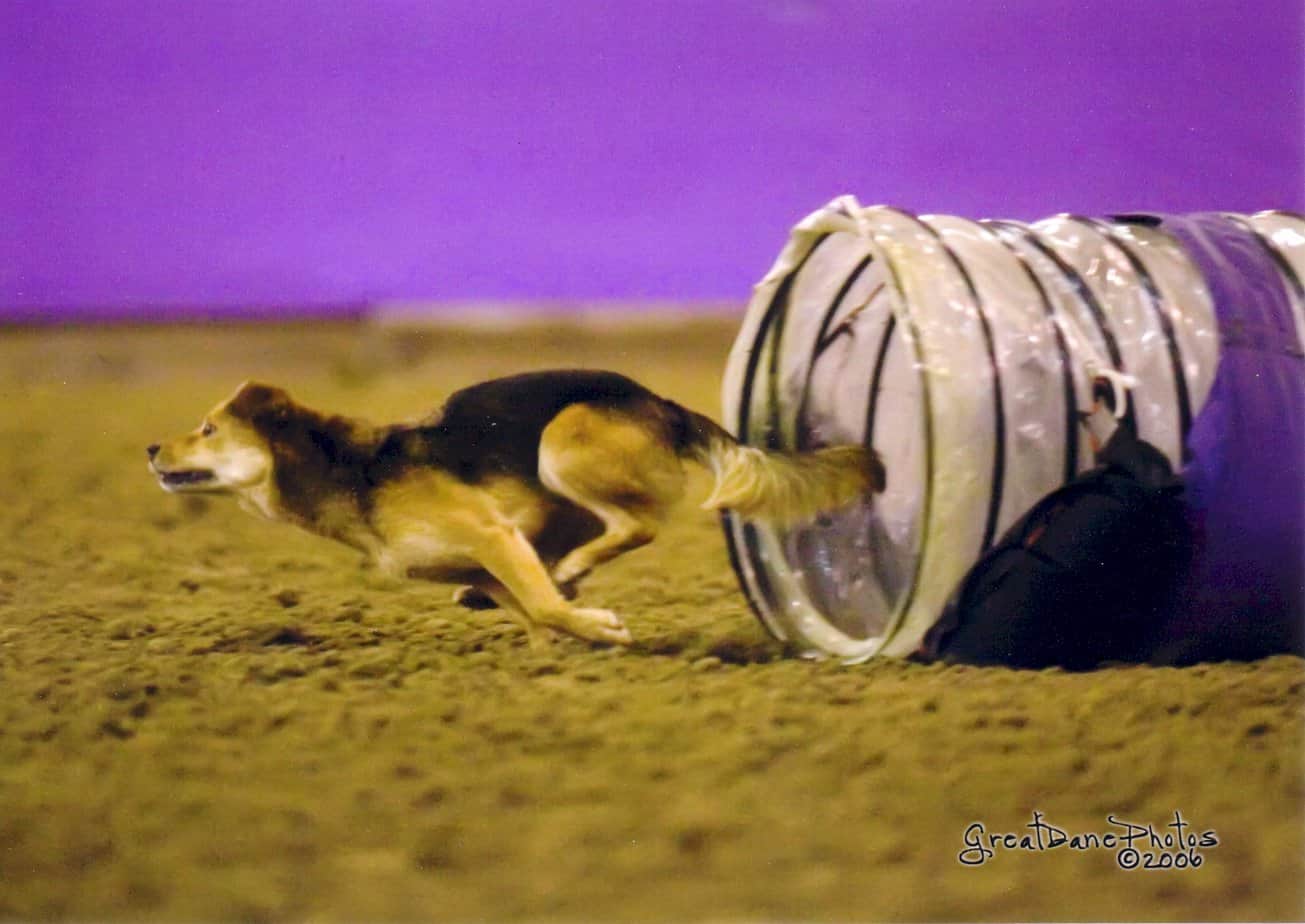
The feeling of having a connected, smooth run when your dog is working that far away is indescribable. At that moment, the struggles and failures were worth it, and I decided that I wanted to help as many people as I could experience that same, wonderous feeling.
Today’s Tip for Dog Training
There are so many tips to choose from in this story, but I’m going to go with failure and how failing is viewed.
Most people view failure as an awful, embarrassing, and unfortunate thing. If I had stayed in that mindset, I would never have followed this path I’m on. It wasn’t until I started looking at failure as a learning opportunity that I was able to turn things around.

You’re going to fail. Fail fast and fail often, but learn something every time you do. Consider failure a learning opportunity to determine what doesn’t work so you can discover what does. Don’t let embarrassment stop you, because the only people who have never failed are those who have never tried.
The course that started it all has been converted to an online series! Enrollment for Agility FUNdamentals for Distance: Foundations and Independent Obstacle Performance is open. Click here for more information!
You Might Also Like…
Five Ways to Crush It at Your Next Dog Agility Seminar
Going to a dog agility training seminar? Check out these five tips to maximize your return on investment!
Read This Before Deciding on Your Agility Dog’s Contact Performance
Which contact performance, running or stopped, is right for your team? The answer might surprise you.
Is Your Agility Dog a Pinto or a Ferrari?
If you’ve moved up from a slow or moderately-fast agility dog to a speed racer, here’s some advice to make your life easier.
Get tips, stories, discounts, and early notification of events and new courses delivered straight to your inbox! Join the community!
Cover photo: Courtesy of Stover Photography
Photos 1, 2, and 4: Courtesy of Stover Photography
Photo 3: Copyright 2006 Great Dane Photos. Used with permission.
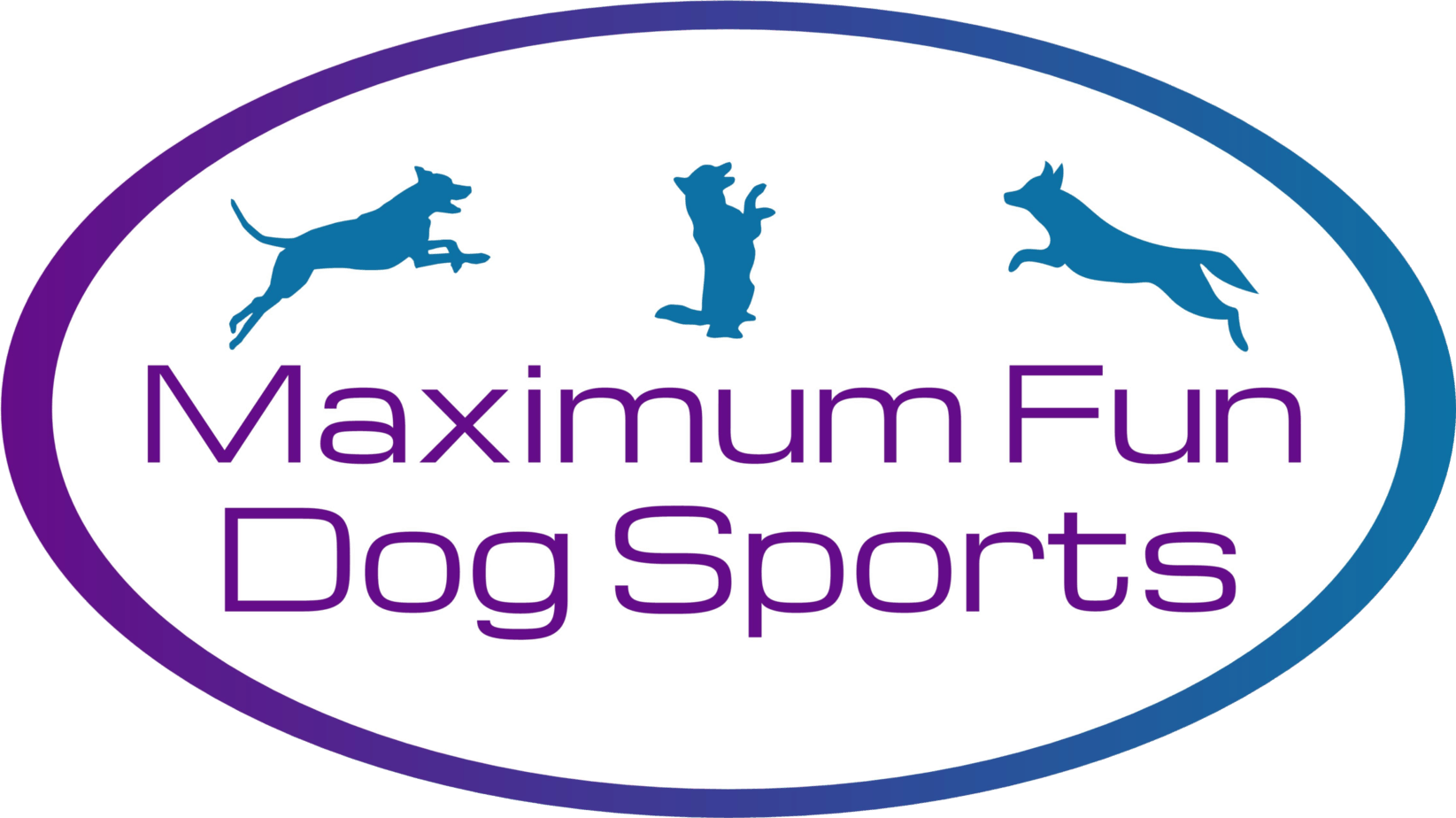
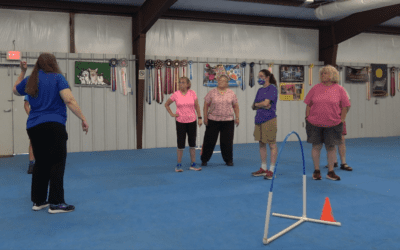
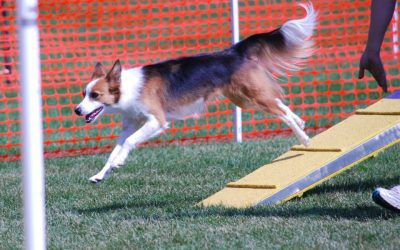
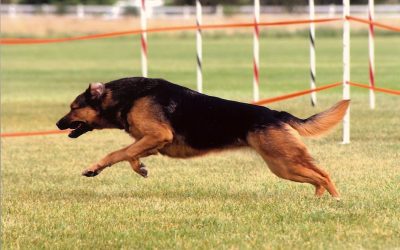
0 Comments